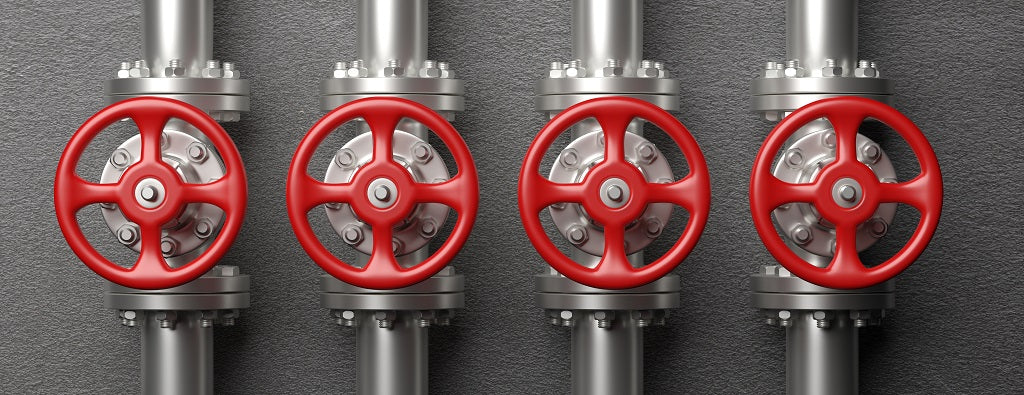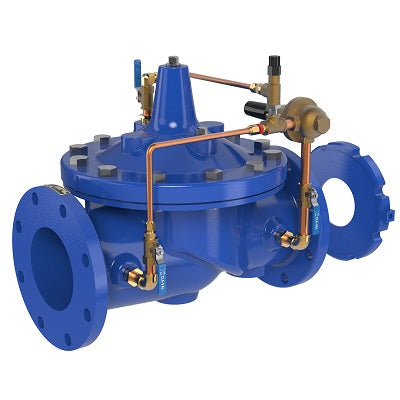
Maximize Power Financial Savings and Convenience With Advanced Building Automation Controls
In the realm of modern style and center administration, the integration of advanced building automation controls stands as a critical improvement. The merging of innovation and sustainability has birthed a new era where energy performance, convenience optimization, and operational streamlining are no much longer far-off ambitions but attainable truths. By harnessing the power of automation, buildings can adjust, react, and progress in ways that were as soon as inconceivable. The potential for significant energy cost savings and enhanced convenience is not simply a possibility yet a guarantee waiting to be satisfied. This standard shift in structure monitoring holds the essential to opening a world where ecological conscientiousness and occupant wellness sympathetically exist together within the wall surfaces of our structures.
Power Efficiency Advantages
Power performance advantages can considerably lower power consumption and operational costs in buildings. By implementing energy-efficient practices and innovations, building proprietors and drivers can achieve considerable cost savings while likewise adding to ecological sustainability. Among the primary advantages of improving energy efficiency in buildings is the reduction of utility expenses. Energy-efficient systems, such as sophisticated building automation controls, can optimize making use of sources like home heating, lights, and air conditioning, resulting in lower energy expenditures in time.
Furthermore, enhanced power efficiency can lengthen the life expectancy of building equipment and systems. By running much more efficiently, heating and cooling systems, lighting fixtures, and various other building parts experience less wear and tear, causing minimized maintenance and substitute costs. Furthermore, energy-efficient structures commonly command greater building values and rental rates, providing long-lasting financial benefits to proprietors.
Additionally, power effectiveness can boost resident convenience and productivity. Effectively controlled interior environments with ideal lights and thermal conditions create a more pleasant and helpful office, causing enhanced staff member satisfaction and performance. Overall, the power efficiency benefits linked with innovative structure automation controls are complex, encompassing cost savings, ecological stewardship, and owner health.
Boosted Comfort Control
Enhancing comfort control in structure atmospheres calls for a sophisticated integration of innovative automation systems for optimal owner well-being. By utilizing innovative building automation controls, centers can customize the indoor setting to satisfy the particular needs and choices of passengers. control valves.
By including these sophisticated controls, buildings can not just boost convenience however additionally enhance power effectiveness by maximizing system operations based on real occupancy and usage patterns. Inevitably, prioritizing passenger convenience through sophisticated automation systems leads to a more satisfying and much healthier indoor atmosphere.
Operational Effectiveness Improvements

Furthermore, the application of real-time monitoring and analytics devices makes it possible for building drivers to determine power ineffectiveness and functional anomalies without delay. By constantly keeping an eye on power usage patterns and system efficiency metrics, adjustments can be made in real-time to enhance energy consumption and make certain peak operational performance. control valves. Additionally, including need action strategies into structure automation controls can even more enhance operational effectiveness by dynamically changing power use based upon grid problems and rates signals
Indoor Environment Optimization
Efficient interior climate optimization is a fundamental aspect of building automation controls, guaranteeing residents' comfort and well-being while making the most of energy savings. By utilizing advanced sensors and controls, building automation systems can continuously adjust and monitor temperature level, moisture degrees, air high quality, and ventilation to produce an optimal indoor environment. Maintaining consistent and comfortable conditions not just improves passenger complete satisfaction however likewise boosts productivity and look these up general well-being.
Indoor environment optimization also plays a critical duty in power efficiency. By fine-tuning air flow, air conditioning, and heating systems based on real-time information and tenancy patterns, building automation controls can significantly lower power usage - control valves. Carrying out methods such as demand-controlled ventilation and thermal zoning can help minimize power waste while guaranteeing that each location of the structure gets the required conditioning.

Sustainable Atmosphere Creation
Building automation controls not just maximize interior environment problems for power performance and owner convenience but also lay the foundation for producing a lasting setting through tactical management of resources and systems. By incorporating sophisticated building automation innovations, such as sensors, actuators, and smart software application, facilities can adjust and keep track of energy usage in real-time to minimize waste and reduce their carbon footprint. These systems allow predictive maintenance, identifying possible problems before they escalate and maximizing devices efficiency to boost durability and efficiency.
Additionally, sustainable environment development extends past energy monitoring to incorporate water conservation, waste decrease, and indoor air top quality enhancement. Structure automation controls can control water usage, identify leaks, and make sure proper waste disposal methods, adding to general sustainability initiatives. Additionally, by monitoring and regulating ventilation and filtering systems, these technologies improve owner health and efficiency while lowering power consumption connected with heating and cooling procedures.
Verdict
To conclude, progressed structure automation regulates deal considerable benefits in regards to power financial savings, comfort control, operational effectiveness, interior environment optimization, and developing a sustainable atmosphere. By applying these controls, buildings can accomplish ideal efficiency while lowering power consumption and enhancing owner convenience. It appears that making use of sophisticated automation innovation is essential in boosting structure efficiency and developing a more sustainable future.
Power efficiency advantages can dramatically lower power intake and functional expenses in structures. On the whole, the power visit this site right here performance advantages connected with sophisticated building automation controls are diverse, including expense savings, environmental stewardship, and occupant health.
Additionally, incorporating need action techniques right into building automation controls can further boost functional efficiency by dynamically readjusting like this energy usage based on grid problems and prices signals.
Building automation regulates not only maximize indoor climate conditions for power effectiveness and occupant convenience but additionally lay the structure for producing a lasting atmosphere through critical management of systems and sources.In final thought, progressed building automation regulates deal significant benefits in terms of energy financial savings, comfort control, functional efficiency, interior environment optimization, and producing a lasting setting.